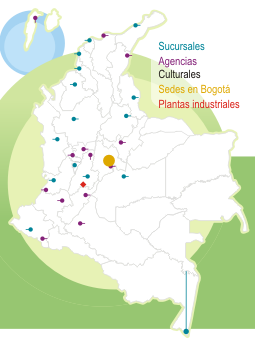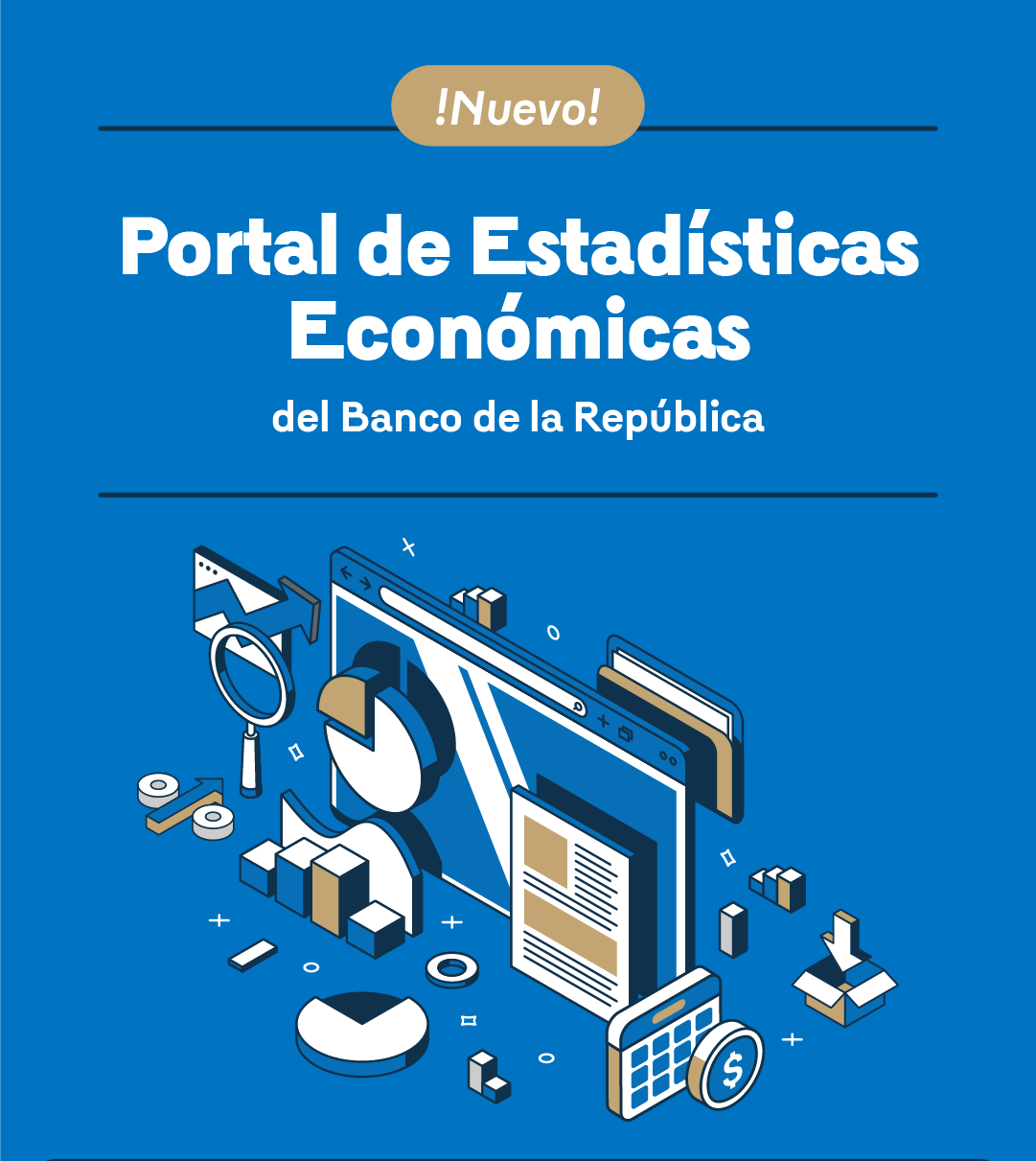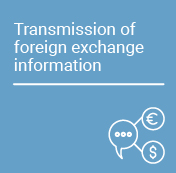Financial Markets Report - Second Quarter of 2016
The main purpose of these documents is to provide quarterly information on financial markets. Opinions and possible errors are the sole responsibility of the author and their contents do not compromise the Board of Directors of Banco de la República (the Central Bank of Colombia, Banrep).
Banco de la República (the Central Bank of Colombia) produces information intended for decision-making and accountability processes as well as for public knowledge. In particular, the Financial Markets Report responds to the principle of public dissemination, thus contributing to the Bank’s service of providing quality economic information and research.
In line with the above, this report seeks to provide the public with a general analysis of the performance and trends of domestic and international financial markets. Additionally, the report points out the main factors that explain the performance of these markets, as well as their interactions. The report also presents an overview of the main changes in monetary policy and central bank decisions worldwide.
In the second quarter of 2016, international financial markets showed better conditions compared to those observed in the first quarter of the year. This was reflected in lower levels of risk perception indicators, the weakening of the US dollar, the appreciation of some stock indexes, and the recovery of portfolio investment flows to emerging countries. Nevertheless, the markets continued to be particularly attentive to the evolution of the economic indicators in the US and the global conditions that would determine future movements of the US Federal Reserve's monetary policy rate. In this respect, the recovery in commodity prices contributed to improving market confidence, while uncertainty and the results of the referendum in the United Kingdom, which would determine its separation from the European Union, caused significant negative reactions in June. This shock dissipated once the market determined that the economic impact of the separation of the United Kingdom could be limited to this region and that it would not have major global effects or that, in any case, the effects would be long-term and difficult to determine.
In Colombia and in the region, the evolution of the markets did not differ much from that of the global markets, such that price increases were observed in the stock, exchange, and fixed-income markets. However, some idiosyncratic issues, such as the political environment and concerns related to government institutions, may have caused certain differences between countries and caused markets, such as the Mexican market, to perform less favorably than their peers. In contrast, the improved outlook for the economy and a recovery in agents confidence led the Brazilian market to show a significant favorable correction.
The document is divided into eight sections, with this introduction being the first. Section two presents an executive summary of the document. Section three describes the most significant developments in the international economic environment. Subsequently, section four presents the performance of the main local risk perception indicators. Section five describes the global and local foreign exchange market. Section six presents an analysis of the money and fixed-income global and local markets. In addition, section seven describes the performance of the local primary private debt market. Finally, section eight analyzes the performance of the regional and local stock markets.

































































